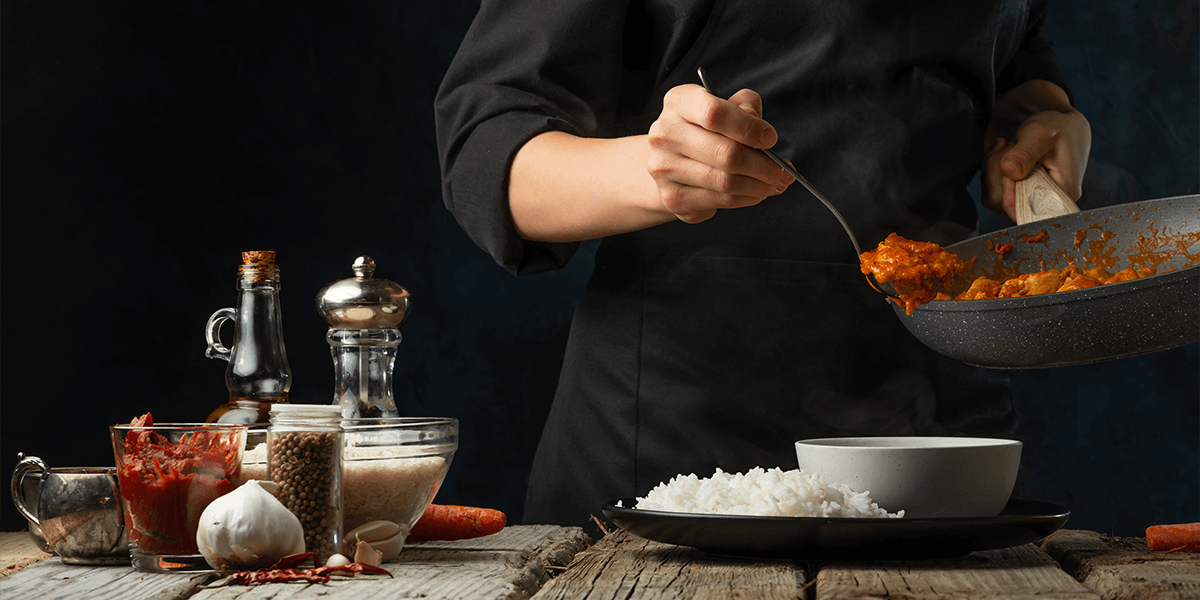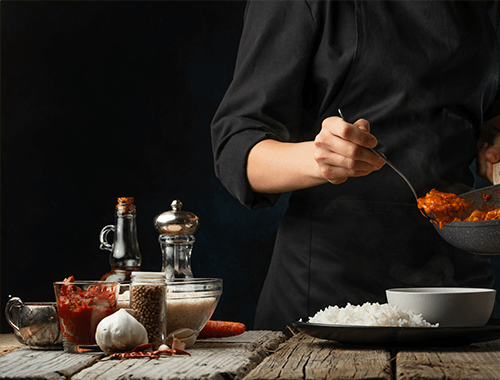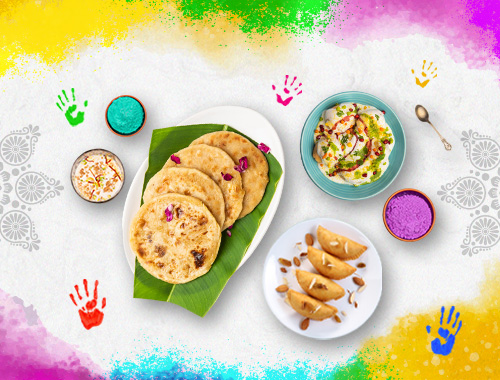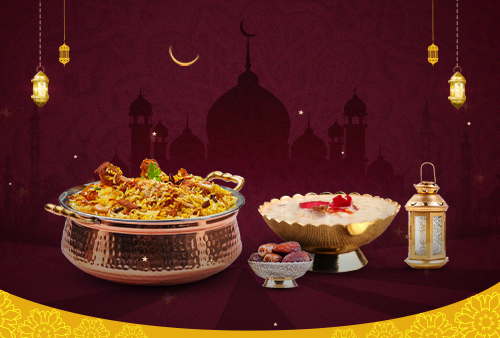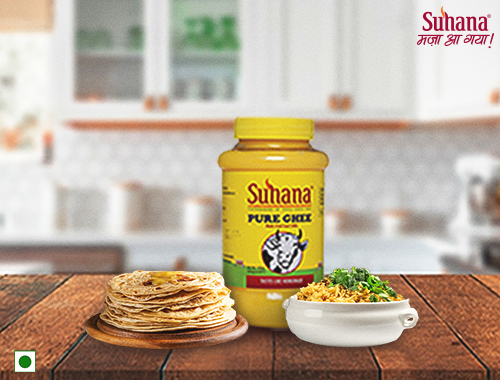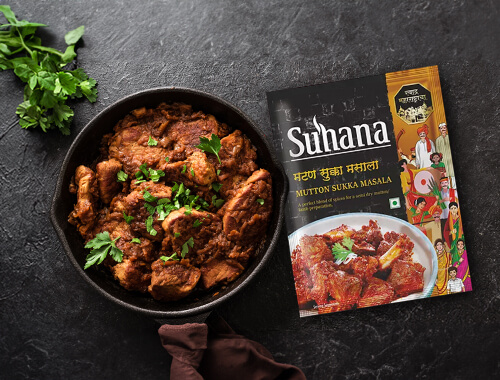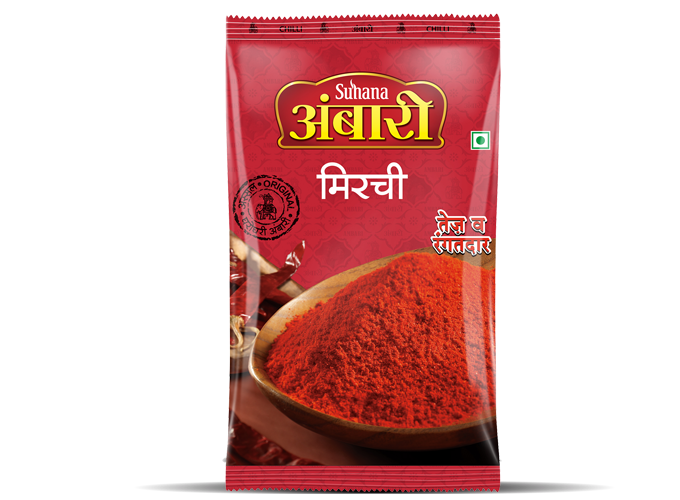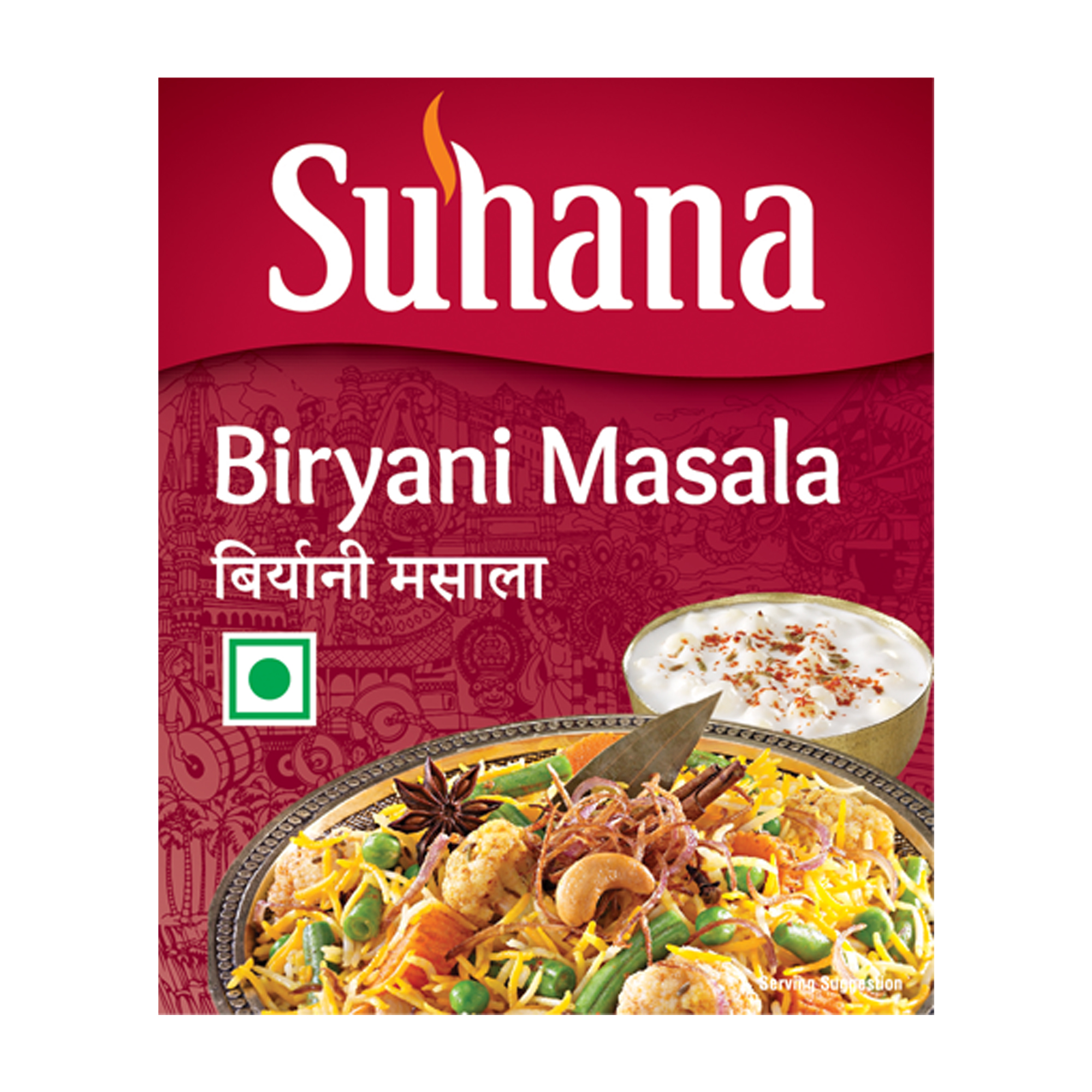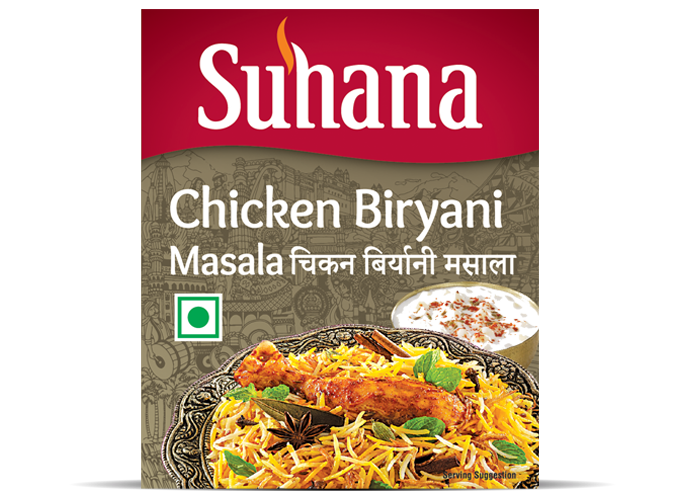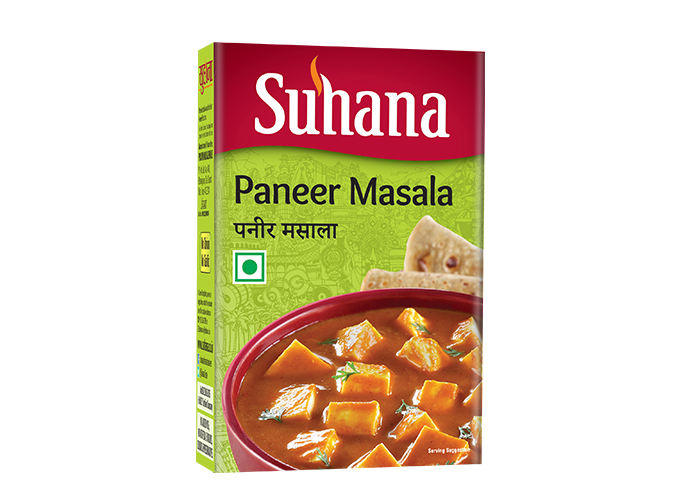Spices are more than just flavour enhancers; they are the heart and soul of any delicious dish. Incorporating spices into your cooking can elevate your culinary creations to new heights. Here are a few reasons why spices are essential in the kitchen:
-
Flavour Enhancing:
Spices add depth, complexity, and aroma to your dishes, transforming a simple meal into a culinary masterpiece. They awaken your taste buds and create a symphony of flavours that tantalise the palate. -
Numerous Health Benefits:
Many spices possess significant health benefits. For example, turmeric is known for its anti-inflammatory properties, while cinnamon helps regulate blood sugar levels. You can make your meals delicious and nutritious by incorporating spices. -
Cultural Identity:
Spices are often deeply intertwined with a region’s culture and history. They can transport you to different parts of the world and give you a taste of diverse culinary traditions. Embracing spices allows you to explore different cuisines and celebrate cultural diversity. -
Versatility:
Spices are incredibly versatile and can be used in various dishes. Whether you’re cooking Indian curries, Mexican salsas, or Italian pasta sauces, there is a spice that can complement and enhance the flavours of your chosen cuisine.
How spices can elevate the flavours of your dishes
Before we delve into the essential spices for your kitchen, let’s understand the basics of spices and how they can enhance your dishes:
Spices are aromatics derived from various parts of plants, such as seeds, bark, roots, or dried fruits. They come in multiple forms, including whole, ground, or spice blends. Each spice has its unique flavour profile, heat intensity, and characteristics.
-
Flavour Profiles :
Spices can be categorised into different flavour profiles, such as earthy, spicy, sweet, floral, or citrusy. Understanding the flavour profiles of spices helps you create well-balanced and harmonious flavour combinations in your cooking. -
Heat Intensity :
Some spices, like chilli powder or cayenne pepper, add heat and spiciness to dishes. It’s essential to gauge the heat intensity of spices and adjust them according to your taste preferences. Remember, a little goes a long way, so use spices judiciously. -
Key Characteristics and Flavors :
Each spice brings unique characteristics and flavours to a dish. For example, cumin adds earthiness and warmth, while ginger provides a zingy, slightly spicy flavour. Exploring the different attributes of spices allows you to create depth and complexity in your recipes.
Essential Spices for Every Kitchen
-
Must-have spices for versatile cooking
-
Cumin :
With its warm, earthy flavour, cumin is a staple in many cuisines, including Indian, Mexican, and Middle Eastern. It adds depth to curries, soups, stews, and grilled meats. -
Turmeric :
Known for its vibrant yellow colour, turmeric imparts a mild, slightly bitter flavour. It is a key ingredient in curry powders and adds warmth to rice, roasted vegetables, and lentil dishes. -
Paprika :
This versatile spice comes in various types, from sweet to smoky and spicy. Paprika adds a rich, sweet flavour and vibrant colour to dishes. It is perfect for seasoning meats, soups, stews, and roasted vegetables. -
Cinnamon :
Besides being a popular baking spice, cinnamon adds warmth and sweetness to savoury dishes. It pairs well with meats, vegetables, and even rice dishes, adding a subtle, aromatic flavour. -
Ginger :
Fresh or dried, ginger brings a delightful zing to dishes. It is commonly used in Asian and Indian cuisines, adding a spicy and slightly sweet taste. Ginger complements both sweet and savoury dishes, from stir-fries to baked goods. -
Chilli Powder :
Add a kick of heat to your dishes with chilli powder. It is a blend of ground chili peppers and other spices, offering varying levels of spiciness. Use it in chilli, marinades, and rubs for flavour.
Suhana Masala: Suhana Masala offers a range of spice blends perfect for various Indian dishes. Their Biryani Masala and Chicken Biryani Masala can take your biryanis to a new level. At the same time, the Shahi Paneer Masala and Paneer Masala can elevate your paneer preparations with rich, aromatic flavours. -
-
Combining spices for delicious flavour combinations
Experimenting with spice combinations can create exciting and unique flavours in your dishes. Here are a few ideas to get you started:
- Pair cumin, coriander, and turmeric for a classic Indian spice blend.
- Combine cinnamon, ginger, and nutmeg for a warming and aromatic blend.
- Create a smoky and spicy rub by mixing paprika, cayenne, and black pepper.
- Balance the flavours of cloves, cardamom, and cinnamon for a fragrant dessert spice blend.
Remember, taste as you go and adjust the spice combinations according to your preferences.
Whole vs. Ground Spices
When it comes to spices, you have the option to use either whole or ground versions. Both types have advantages and can be used differently to enhance your culinary creations. Let’s explore the benefits of each:
Whole Spices:
-
Flavour :
Whole spices retain their flavour for longer since their outer layer protects them. When you grind them just before use, you unlock their fresh and robust flavours, resulting in more intense and aromatic dishes. -
Aroma :
Whole spices release their aroma when they are heated or crushed. Toasting or grinding them releases essential oils, adding a fragrant dimension to your dishes. -
Versatility :
Whole spices offer versatility in cooking. You can use them in their original form, such as adding whole cinnamon sticks to a simmering pot of mulled wine or using entire cardamom pods in rice pilaf. They can be toasted and ground to create spice blends or incorporated into marinades and rubs. -
Storage :
Whole spices have a longer shelf life compared to ground spices. When stored properly in airtight containers in a cool, dry place, they can retain their flavours for months or even years.
Ground Spices:
-
Convenience :
Ground spices are convenient and ready to use. They eliminate the need for grinding or toasting before incorporating them into your dishes, saving you time and effort in the kitchen. -
Flavour Release :
Ground spices release their flavours quickly, infusing your dishes with their distinct tastes. This makes them ideal for quick-cooking dishes or when you want the spices to blend seamlessly into the dish. -
Blending :
Ground spices are easily blended with other ingredients, allowing you to create complex spice mixes and marinades. They distribute more evenly throughout the dish, ensuring a consistent flavour profile. -
Storage :
Ground spices have a shorter shelf life compared to whole spices. The finer particles have more surface area exposed to air, causing them to lose flavour and potency over time. It’s essential to store ground spices in airtight containers away from heat, sunlight, and moisture.
How to Store Spices: The Key to Preserving Flavour and Freshness
Proper spice storage is crucial to maintain the flavour and freshness of your spices. Here are some tips to help you store your spices effectively:
-
Choose Airtight Containers :
Store your spices in airtight containers to prevent air and moisture from affecting their quality. Glass jars or containers with tight-fitting lids work best. -
Keep Away from Heat and Sunlight :
Spices should be stored in a cool, dark place away from direct sunlight, as exposure to heat and light can degrade their flavours. -
Avoid Humidity :
Moisture can cause spices to clump and lose their potency. Keep your spice containers away from humid areas like the stove or the sink. -
Grind Whole Spices as Needed :
Grind whole spices before using them to maximise flavour. This ensures the essential oils are freshly released, producing more vibrant flavours. -
Label and Date Containers :
Properly label your spice containers with the name and date of purchase. This helps you keep track of their freshness and use them before they lose their potency. -
Store Away from Strong Odors :
Spices can easily absorb odours from other ingredients. Keep them away from strong-smelling foods like garlic, onions, or cleaning agents. -
Regularly Check for Freshness :
Spices do not spoil but gradually lose their flavour and potency over time. Periodically check your spice collection and replace any that have lost their aroma or taste.
Mixing and Matching Spices
Mixing and matching spices is a creative process that allows you to develop unique flavour combinations in your dishes. Here are some tips to help you experiment with spices:
-
Start with a Base Spice :
Select a dominant spice that sets the foundation for your flavour profile. It could be something like cumin, paprika, or turmeric. -
Consider Flavour Profiles :
Think about the flavour profiles of different spices and how they complement each other. For example, cinnamon and cayenne pepper create a warm and spicy blend, while coriander and cumin add an earthy and aromatic touch. -
Experiment with Contrasting Flavors :
Be bold and combine spices with contrasting flavours. Exploring these contrasts can produce exciting flavour combinations: sweet and spicy, tangy and earthy, or smoky and fresh. -
Use Spices in Different Forms :
Explore spices, such as whole spices for infusing flavours or ground spices for blending into sauces and marinades. Each form brings its unique characteristics and flavours to the dish. -
Balance the Intensity :
Consider the heat intensity of spices and balance them accordingly. Pair strong spices with milder ones to create a harmonious balance of flavours. -
Keep Notes of Successful Combinations :
As you experiment with spice combinations, record the ones that work well. This will help you recreate those flavours in future recipes and refine your spice-pairing skills.
Cooking with Spices: Techniques and Tips
Enhancing the flavours of your dishes with spices goes beyond just adding them to your recipes. Here are some techniques and tips to make the most of your spices:
-
Dry Roasting :
Dry roasting whole spices in a hot pan for a short time can intensify their flavours. It adds a smoky depth to the spices and enhances their aroma. -
Blooming Spices :
Blooming spices involve heating them in oil or ghee to release their flavours and aromas. This technique is commonly used in Indian cooking and adds a rich, aromatic base to your dishes. -
Layering Flavors :
Add spices at different stages of cooking to layer flavours. Starting with whole spices in the oil or ghee, then adding ground spices later, allows the flavours to develop and meld together. -
Adjusting Spice Levels :
Remember that everyone’s tolerance for spice varies. If a recipe calls for a specific amount of spice, change it to suit your taste preferences. Start with smaller quantities and gradually add more until you reach the desired level of spiciness. -
Pairing Spices with Ingredients :
Consider your ingredients and how they will interact with the spices. Some spices pair exceptionally well with certain ingredients, while others may overpower them. Balance is key. -
Correctly Measuring Spices :
Accurately measure your spices using measuring spoons or a scale. Less or too much can significantly impact the flavour of your dish. -
Freshness Matters :
Use fresh spices whenever possible. Over time, spices lose their potency, and their flavours become dull. Replace your spices regularly to ensure the best possible taste. -
Experiment and Taste :
Feel free to experiment with different spices and techniques. Taste as you go and adjust the flavours to your liking. Cooking with spices is a journey of discovery, so enjoy the process.
Techniques for Enhancing Flavors
-
Infusing Oils and Liquids with Spices :
Heat oils or liquids like broth or milk with spices to infuse their flavours. This technique works well to create flavoured oils and marinades or simmer spices in soups and stews. -
Marinating with Spices :
Marinating proteins, such as meats or tofu, with a blend of spices enhances their flavour and tenderises them. Allow the spices to penetrate the ingredients by marinating them for a few hours or overnight. -
Using Spices in Different Cooking Methods :
Experiment with different cooking methods like sautéing, roasting, grilling, or braising to bring out the unique flavours of spices. Each technique can create a distinct taste experience.
Common Mistakes to Avoid when Cooking with Spices
To ensure the best results when cooking with spices, avoid these common mistakes:
-
Overusing or Underusing Spices :
Finding the right balance is crucial. Adding too much spice can overpower the other flavours while using too little can produce a bland dish. Start with small amounts and gradually adjust according to your taste. -
Not Understanding Spice Heat Levels :
Different spices have varying levels of heat and spiciness. Understand the intensity of each spice and how it will contribute to your dish. Adjust accordingly or explore milder alternatives if needed. -
Using Stale or Expired Spices :
Spices lose their potency over time. Check the expiration dates and replace any spices that are past their prime. Fresh spices will deliver the best flavours.
FAQs
-
Can I substitute fresh spices for dried spices?
Fresh spices and dried spices have different flavour profiles. While you can substitute one for the other sometimes, remember that the flavours may vary. Adjust the quantities according to taste. -
How long do spices typically last?
Whole spices can retain their flavour for up to four years when stored properly, while ground spices typically last for two to three years. However, using them within six months to one year is best for optimal flavour. -
What is the best way to clean a spice grinder?
Wipe a spice grinder with a dry cloth to remove any remaining residue. Grind a small amount of uncooked rice in the grinder for a deeper clean, then discard it. This helps remove any remaining spice particles. -
Are there any spices that should not be combined?
There are no strict rules, but some spices may need to work better together due to conflicting flavours. It’s best to experiment and taste as you go to find combinations that suit your palate.
Was this article helpful?
YesNo

